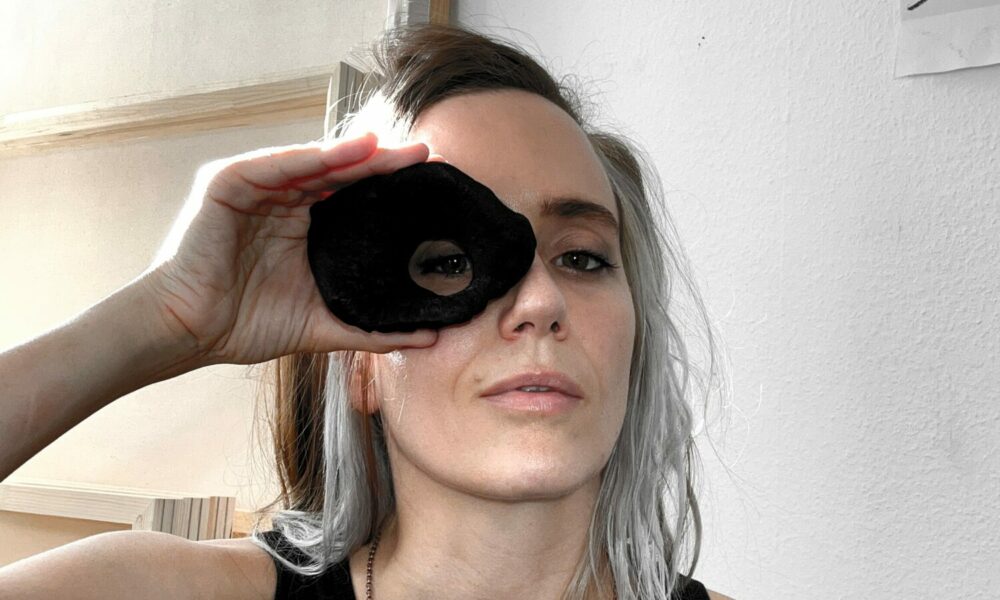

Today we’d like to introduce you to Kathryn Gohmert.
Kathryn, we appreciate you taking the time to share your story with us today. Where does your story begin?
Although I originally studied painting and metalwork at the University of Texas at Austin, I became more focused on developing my painting practice when I realized it was something I could do literally anywhere in the world. Making sense of the world through painting arrived out of necessity really.
For over ten years now, my art has mainly focused on the brain.
Living in Shanghai 2008 – 2013 especially formed my painting style. I fell in love with the nuanced grays in Chinese contemporary painting and started combining oil and calligraphy ink with aerosol paint. China was a great place to experiment at the time and was full of so many different layers of life. It was there I also first stumbled onto a speech of Mark Rothko’s (his last public one), where he mentioned he believed everyone was searching for “pockets of silence they hoped to find.” My first series of brain paintings created visual maps inside the minds of people I felt were looking for an escape route but for whatever reason were not able to find one (Johnny Cash, Michael Jackson, Joan of Arc, etc.). I learned to leave a lot of visual clues on the canvas in Mandarin, which led to incorporating text in my paintings.
In 2014 I set up my studio in Berlin because I was convinced there was a better way to make my artwork move and live outside of painting and became especially inspired by the idea of interaction as a way to connect with people in ways paintings couldn’t.
I definitely believe art has a soft power to change the world, especially in creating moments of connection through interaction. Art can alter people’s perspectives in a way direct conversations sometimes aren’t able to. This is one of the reasons I founded the artist collective Gonzomechanics in 2017 – to change the world through interactive experiences with people. I’m so proud of the international artists on their journeys with me in this collective.
Now, my work focuses on three things: brains, objects and interaction. That’s where I am on my journey at the moment.
Alright, so let’s dig a little deeper into the story – has it been an easy path overall, and if not, what were the challenges you’ve had to overcome?
There is no straight path in a painting, and I think reality mimes this. My biggest struggles were finding my own voice and identity, both in life and in my own art. But these are things also only found in the process of creating them. Most people have more narrative power than we want to believe in forming our reality.
Living as an immigrant for the last 17 years has definitely come with its own challenges, but I think it was necessary to have the experience of these battles. It is an artist’s role to see as many different perspectives as possible.
The feeling of being a guest and outsider develops a sense of empathy for other people, so I feel I have become more human because of this.
As you know, we’re big fans of you and your work. For our readers who might not be as familiar, what can you tell them about what you do?
That’s very kind. Although I’m a multidisciplinary artist, I identify as a painter.
If I could summarize what I do in one sentence, I would say my art focuses on initiating and marking moments of connection through painting, objects and interaction.
My installations, sound instruments, and objects try to draw individuals into intentional focus in the present, with objects often leading viewers into a moment of connection (many of these are incomplete until activated by a participant). I say “objects” rather than “sculptures” because I mainly work with found objects, which come with their own history, and I want to make space for that.
The focus of my paintings though, is on interactions related to the brain. I create experiences chartered with symbols and words that celebrate form for its own sake rather than literal meaning. I want my paintings to show how little we know about the world by using a fabricated code of new symbols.
In 2018, I was affected by temporary blindness, and this changed how I work. Memory and mapping the brain’s processes have therefore become increasingly important to me, and my work wants to highlight the power our mind plays in forming its reality.
I especially want to celebrate how hopeful our navigations through uncertainty are and how much trust we place in our minds as they operate in real-time, extracting meaning where there may be only data. There is a lot of hope in my brain paintings.
What was your favorite childhood memory?
My favorite childhood memory was probably creating imaginary worlds with my sisters as kids. We would write plays, build forts in the woods and write our own comics. It was an extremely creative time. I was lucky to have so much nature around as well, growing up in Texas.
I definitely also read every graphic novel I could find, and these shaped my art in a huge way. How I approach lines in paintings, for example, is largely due to all the comics I lost myself in as a kid.
Contact Info:
- Website: https://www.kathryngohmert.com/
- Instagram: https://www.instagram.com/kathryn_gohmert_studio/
- Facebook: https://www.facebook.com/kathryngohmertgongmingzhu/
- Linkedin: https://www.linkedin.com/in/gohmertkathryn/
- Twitter: https://twitter.com/k_gohm
- Youtube: https://www.youtube.com/@texkatex
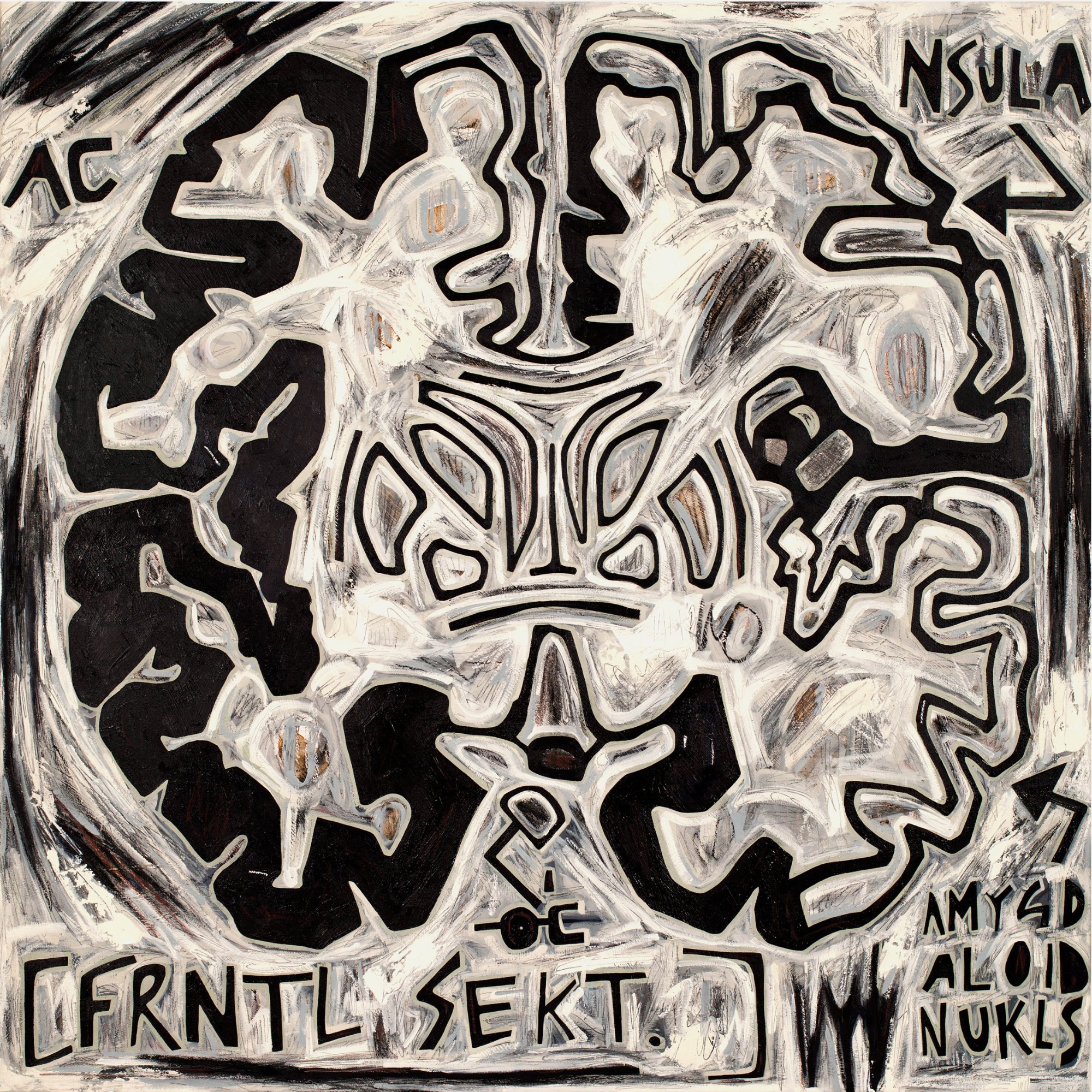
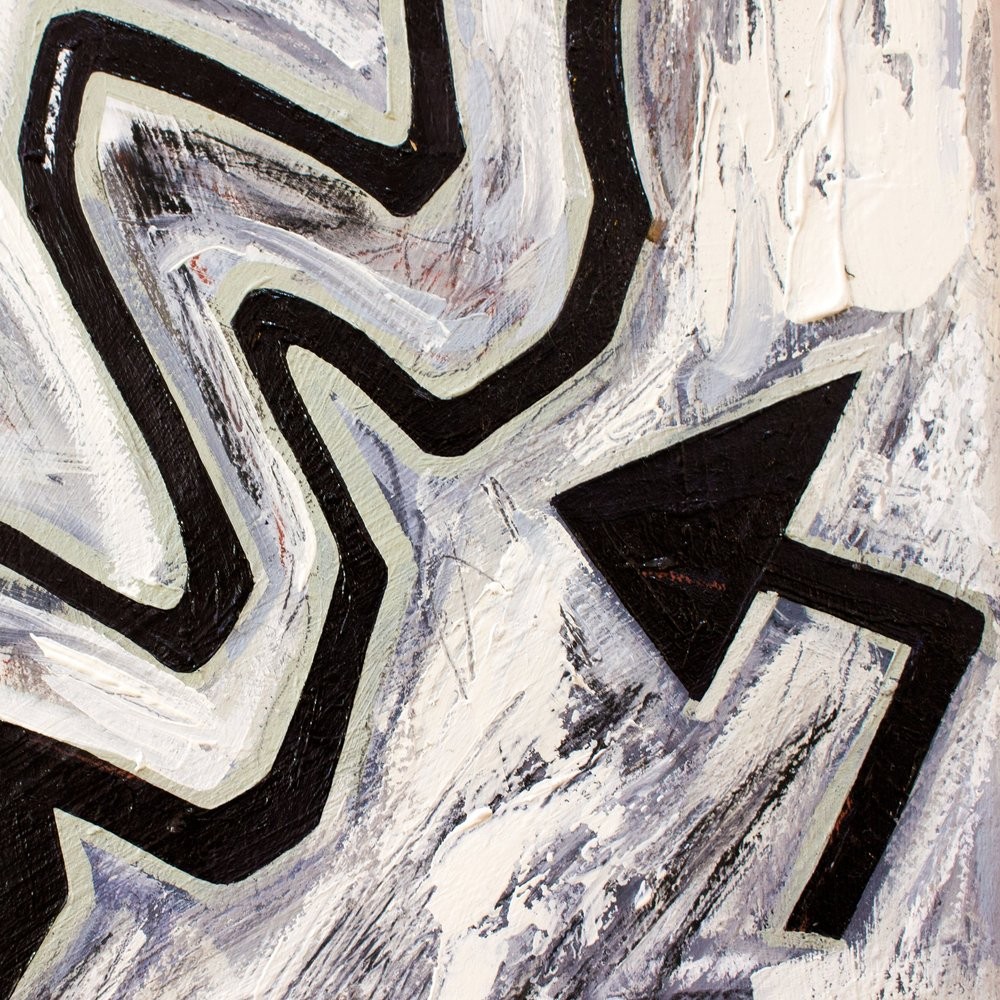
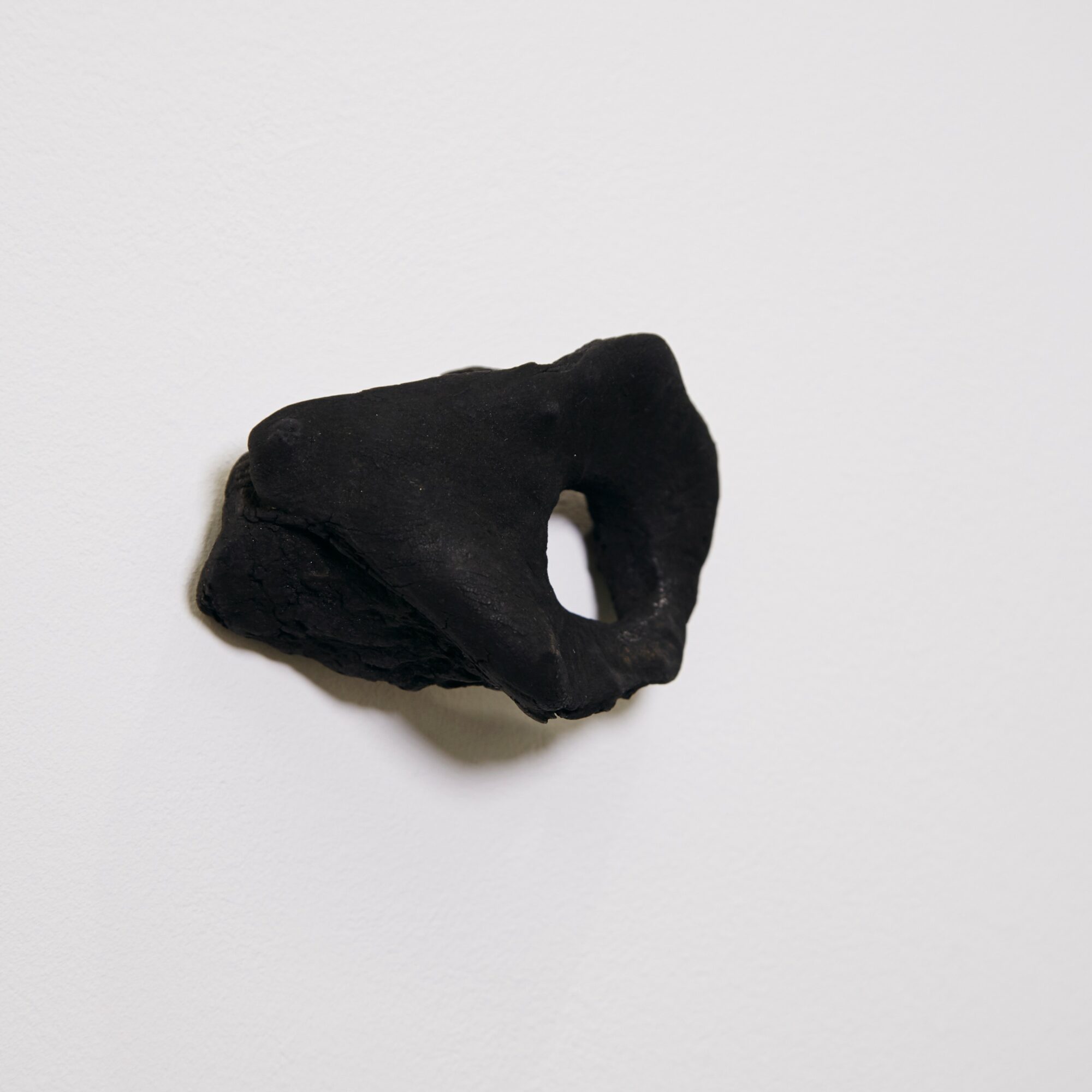
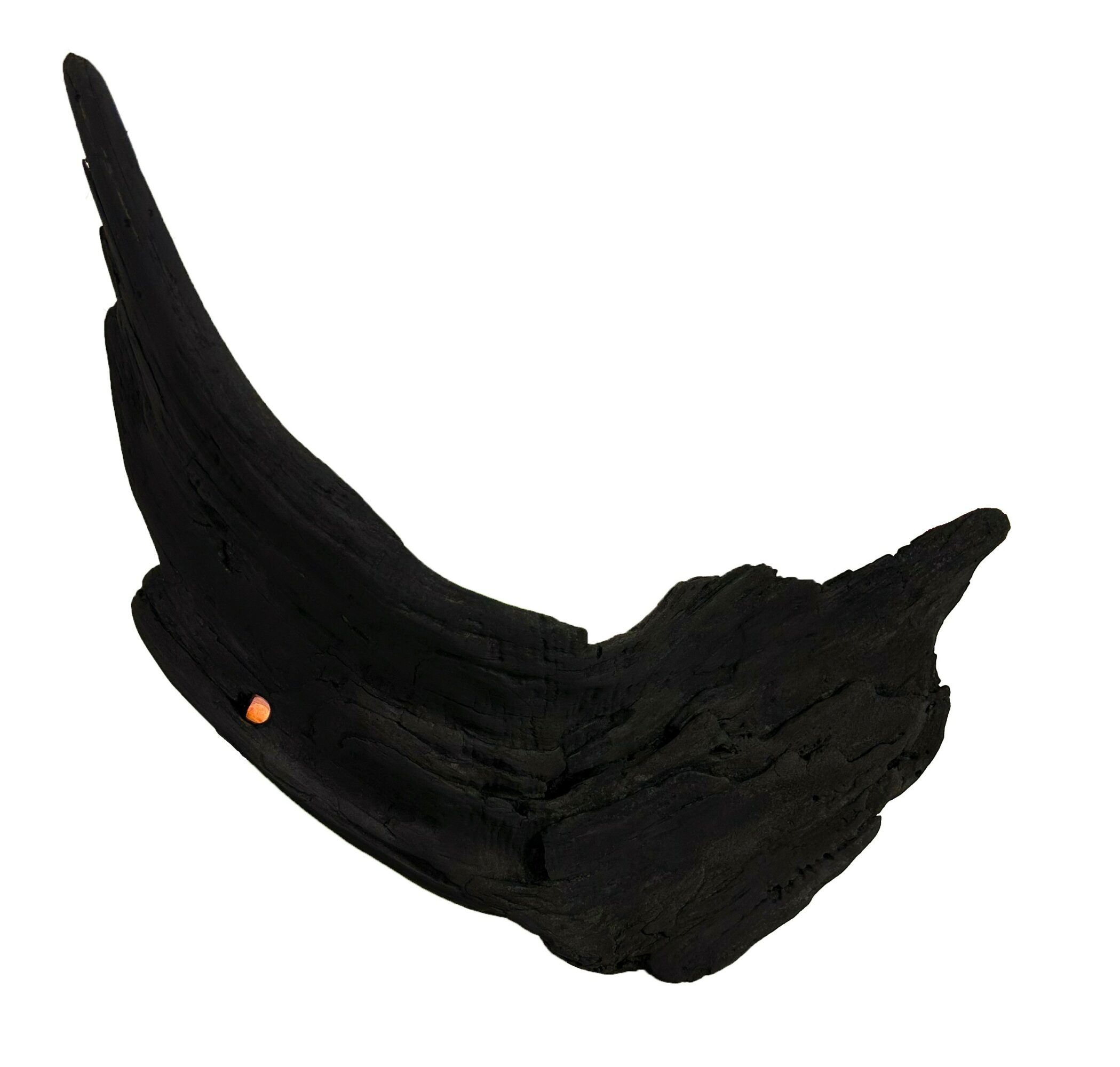
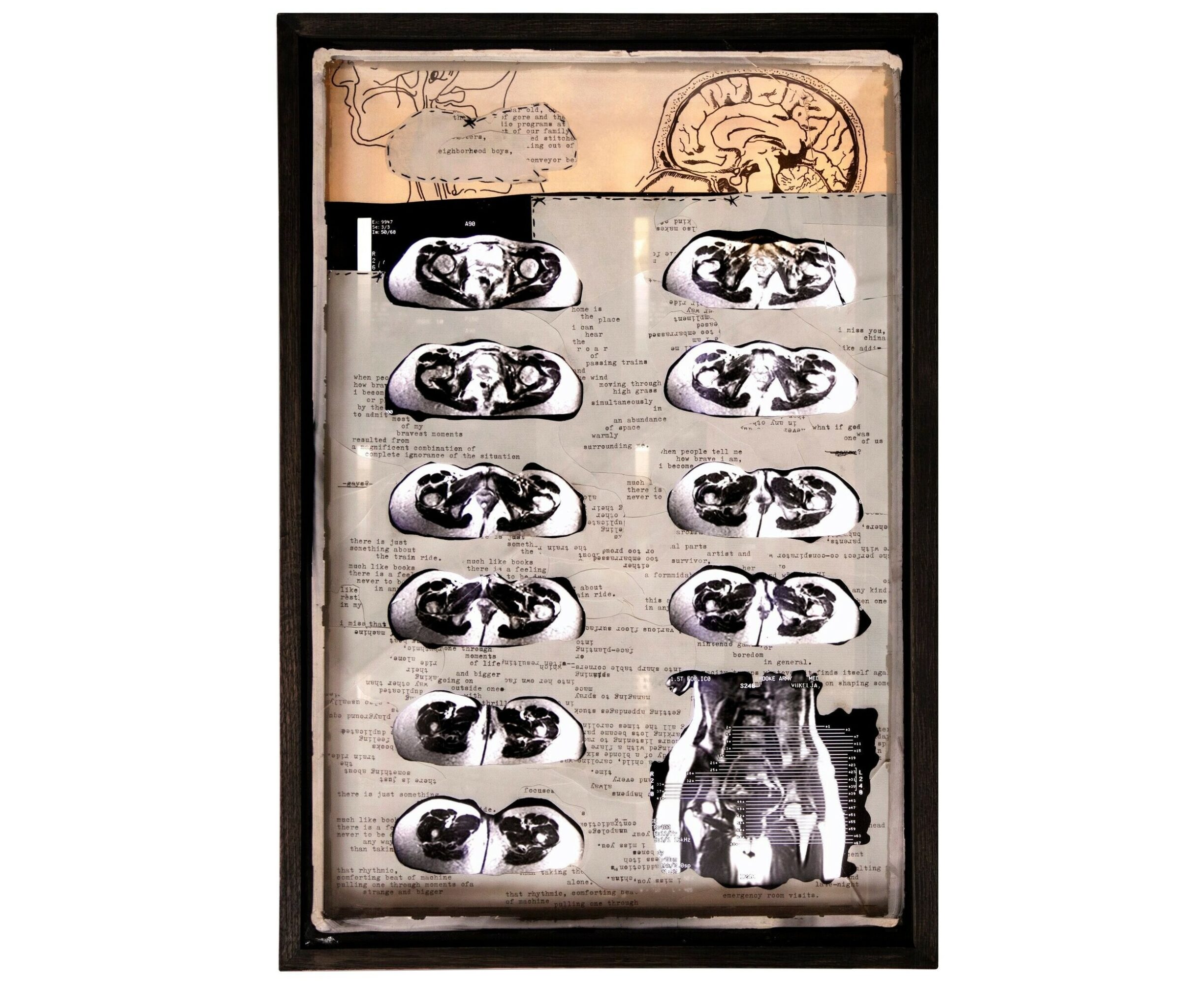
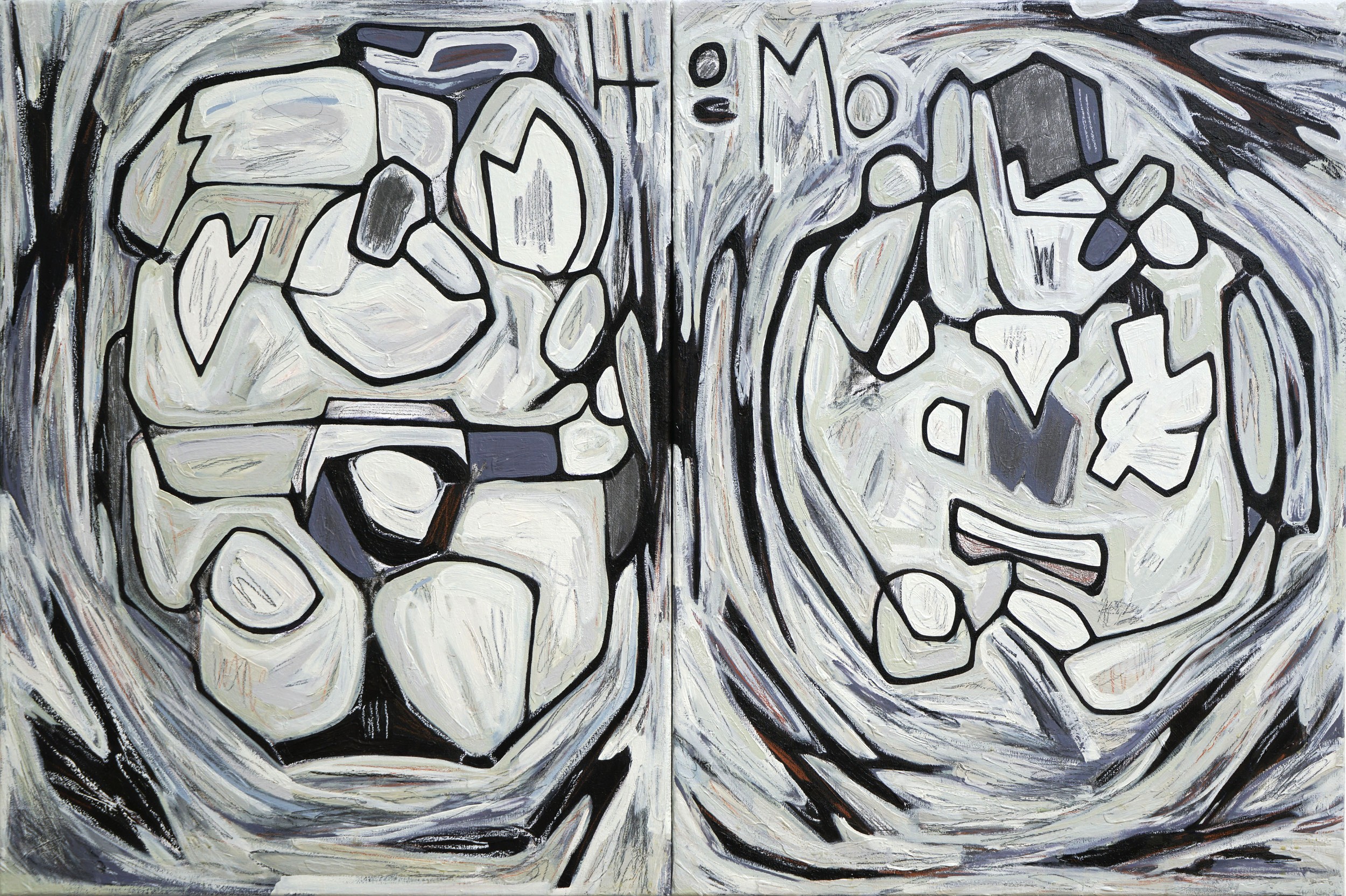
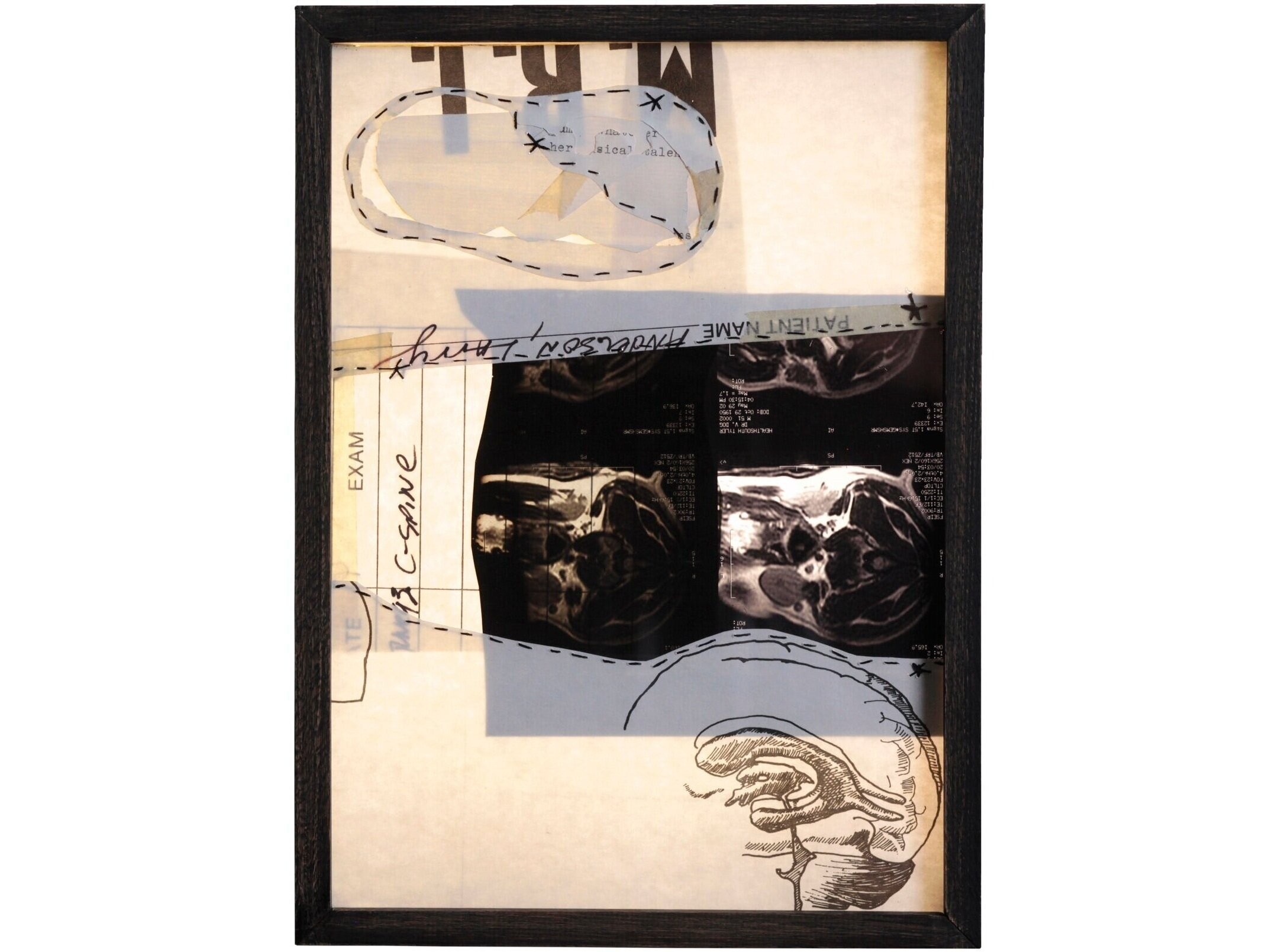
Image Credits
Alena Schmick










